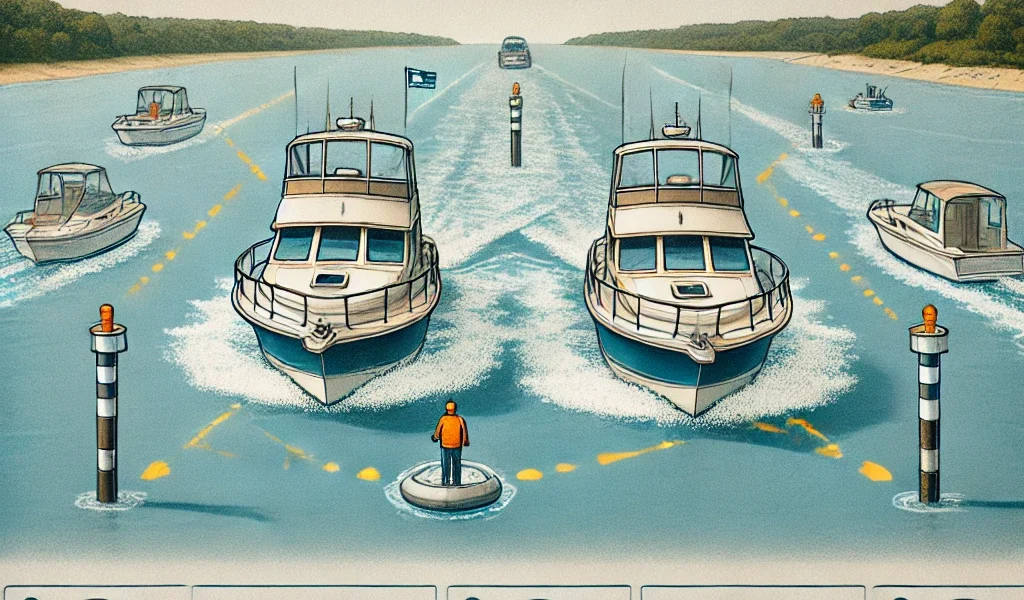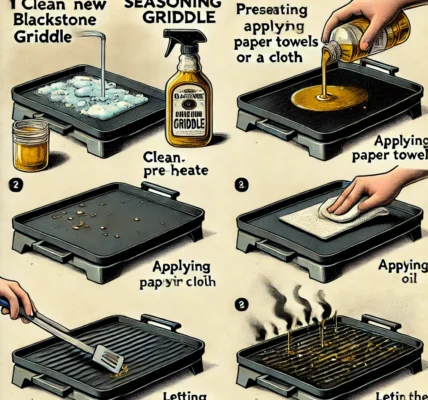What Should You Do to Avoid Colliding with Another Boat?
Boating can be a relaxing and enjoyable experience, but safety should always be a top priority. Collisions between boats can happen quickly, often with devastating consequences. Whether you’re new to boating or an experienced captain, understanding how to avoid a collision is essential. In this article, we’ll cover the best practices and rules you should follow to steer clear of a collision with another boat.
1. Understand the Navigation Rules (COLREGs)
The International Regulations for Preventing Collisions at Sea, also known as COLREGs, outline the “rules of the road” for boats. These rules define what actions each vessel should take when encountering other boats to prevent accidents. Some key rules to keep in mind include:
- Give Way and Stand-On Vessel: When two boats are on a collision course, one boat must “give way,” while the other should “stand on.” The give-way vessel must take early action to avoid a collision, while the stand-on vessel must maintain its course and speed but be prepared to act if necessary.
- Starboard Rule: When two power-driven boats are approaching from opposite directions, each should steer to their starboard (right side), much like cars on the road.
- Crossing Situations: If you’re on a crossing course with another boat, and that boat is on your starboard (right side), you are the give-way vessel, and you must alter your course to avoid a collision.
2. Maintain a Safe Speed
One of the easiest ways to prevent collisions is by maintaining a safe speed for the conditions you are in. Factors such as weather, traffic density, and visibility can impact your ability to react quickly. Always adjust your speed based on:
- Weather Conditions: Rough waters or strong winds can affect how well your boat handles and how quickly it can stop or change direction. Slow down in bad weather to maintain control.
- Traffic: In areas with heavy boat traffic, reduce your speed to give yourself more time to react to other vessels.
- Visibility: If you are navigating in fog, rain, or at night, reduce your speed and use radar or lights to stay aware of your surroundings.
3. Keep a Proper Lookout
Keeping a proper lookout is one of the most important things you can do to avoid collisions. Both the captain and crew should be constantly scanning the water for other boats, obstacles, swimmers, and debris. Here’s how to maintain an effective lookout:
- Use All Available Senses: While vision is your primary tool, use your hearing as well to detect the sounds of approaching boats, horns, or other warning signals.
- Utilize Technology: If your boat is equipped with radar or sonar, use it to help detect other boats, especially in poor visibility.
- 360-Degree Awareness: Boats can approach from any direction, so ensure you’re looking ahead, behind, and to the sides. Delegate lookout duties to other passengers if possible, so you can focus on steering.
4. Practice Good Communication
Clear communication can prevent confusion, especially in close quarters. Use sound signals or VHF radio to alert other boats to your intentions. Here are some common sound signals used to avoid collisions:
- One short blast: Indicates you intend to pass another boat on your port (left) side.
- Two short blasts: Indicates you intend to pass another boat on your starboard (right) side.
- Five short blasts: A danger signal used when you are unsure of the other boat’s intentions or if immediate action is needed to avoid a collision.
5. Stay Visible
Make sure your boat is highly visible to others, especially during low-light conditions or poor weather. Here’s how to increase your visibility:
- Use Lights at Night: Ensure your navigation lights are on and working properly. These include red and green bow lights, a white stern light, and a masthead light (if applicable). These lights let other boaters know your direction and position.
- Use Horns or Whistles: In situations of low visibility or when near other boats, sound your horn to announce your presence.
- Bright Clothing or Reflective Gear: If you’re operating a small vessel like a kayak or canoe, wear bright or reflective clothing to increase your visibility to larger boats.
6. Avoid Distractions
Much like driving a car, distractions while boating can lead to accidents. To stay focused, avoid engaging in activities that take your attention away from the water:
- Limit Mobile Device Use: Unless you’re using it for navigation, try to limit your use of smartphones while operating your boat.
- Watch the Wake: Be mindful of the wake created by your boat and its impact on nearby vessels. You are responsible for your wake and the damage it could cause.
7. Give Way to Smaller Boats and Non-Motorized Vessels
Larger boats often have the right of way, but smaller boats and non-motorized vessels (like kayaks or paddleboards) are less maneuverable. You should always be ready to give way to smaller or slower-moving vessels, especially in narrow channels or busy areas.
- Sailboats and Canoes: Motorboats should always give way to sailboats, rowboats, and canoes unless the non-motorized vessel is overtaking or in another scenario outlined by COLREGs.
- Anchored or Moored Vessels: Boats that are anchored or moored have the right of way, so ensure you steer well clear of them.
8. Use Defensive Driving Techniques
Just like on the road, using defensive driving techniques on the water can help avoid collisions. Assume that not all boaters are following the rules, and always prepare to take evasive action.
- Anticipate Others’ Moves: Try to predict what other boats around you might do, especially in crowded waterways.
- Leave Plenty of Space: Always leave plenty of room between your boat and others to ensure you have time to react if necessary.
- Avoid Alcohol While Operating: Boating under the influence impairs your judgment and reaction times, making it harder to avoid collisions. Stay sober while at the helm.
Conclusion
Collisions on the water can be catastrophic, but by following the proper boating etiquette, maintaining a safe speed, and staying alert, you can significantly reduce the risk. Remember, understanding and applying navigation rules like COLREGs, keeping a good lookout, and practicing good communication are key to safe boating. By doing so, you’ll not only protect yourself and your passengers but also contribute to a safer, more enjoyable boating experience for everyone.




